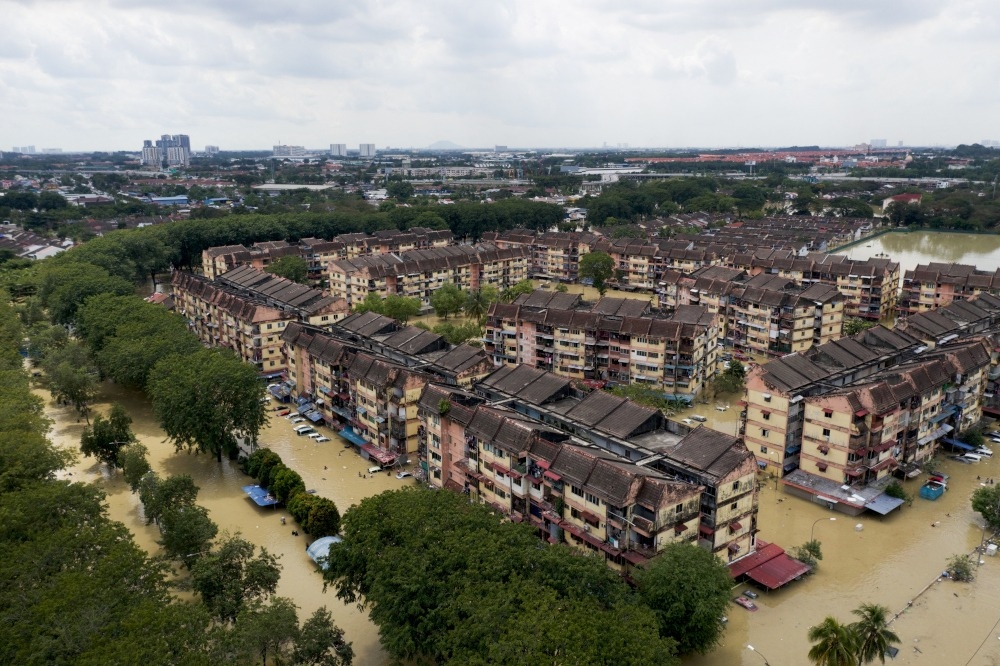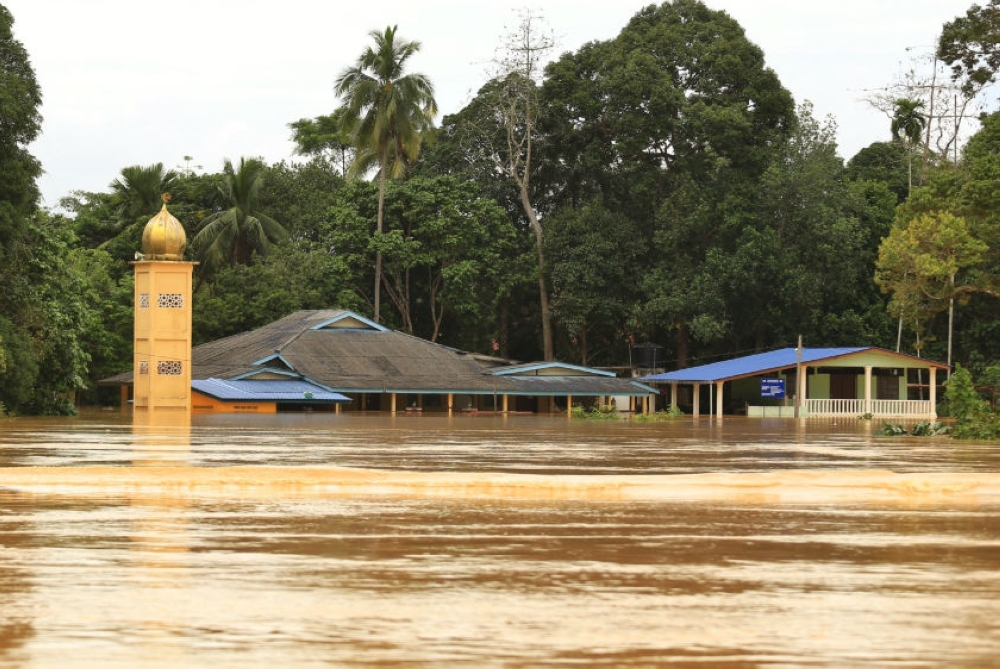KUALA LUMPUR, Aug 27 — Flooding is a perennial issue in Malaysia due to its geographical location and tropical climate, but the country could start seeing more of the phenomenon due to changing weather patterns globally.
In December 2021, Malaysia experienced arguably one of its worst floods in history, which affected several states including Selangor, Pahang, and Kuala Lumpur, due to a combination of intense rainfall and prolonged monsoon conditions.
The floods caused 54 confirmed deaths and at its peak, displaced over 71,000 residents and affected more than 125,000 people.
Over 16,000 homes were damaged or destroyed with estimates of around RM 6 billion in losses, including damage to infrastructures and businesses.
But it was far from the only massive flood to have swept the country. Here are some other notable floods in Malaysia’s history:
1. The great flood of 1926
In December that year, over 50 hours of relentless rain pounded Kuala Lumpur and caused severe flooding in what was then the capital of the Straits Settlements.
The floods caused fears that KL’s rivers might burst their banks, which occurred less than 24 hours later and submerged the government offices on Jalan Raja under nearly a meter of water, forcing commuters to navigate the city by sampan, rickshaws, and bullock carts.
Although floodwaters receded by the morning of December 30, the relief was short-lived. By noon, water levels began to rise again, flooding areas that had previously been dry.
The city experienced record-breaking flooding, with waters reaching depths of up to 1.8 metres in many areas.
The floodwaters severely disrupted communication and transportation, leading to the suspension of all rail services heading north out of Kuala Lumpur, affecting mail, passengers, and freight.

2. Kluang flood, 1969
The flood occurred in early December, 1969 in Johor town of Kluang, caused by heavy rainfall from a monsoon storm.
It was estimated that 20 lives were lost as a result of the flood. The deluge caused significant damage to infrastructure, including roads, bridges, and buildings.
The economic impact also included damage to agricultural land, affecting crops and livestock.
3. The second great flood, 1971
The flood began in late December 1971 and continued into January the next year.
The hardest hit parts of the country were Kuala Lumpur, Kelantan, Terengganu, Pahang, and Johor, with heavy monsoon rains causing unusually severe flooding.
In Kuala Lumpur, it resulted in 32 deaths and affected around 180,000 people, with damages estimated at approximately RM85 million (around RM1.2 billion in present value, adjusted for inflation).
The heavy rain caused major rivers in the Klang Valley, including Sungai Klang, Sungai Batu, and Sungai Gombak, to overflow and submerge nearly 60 per cent of the capital city.
The deluge was so severe that it resulted in the then prime minister Tun Abdul Razak Hussein declaring a state of emergency.
As a result, the Kuala Lumpur Flood Mitigation Programme was set up.
4. The flood of Taman Sri Muda, 1995
The flood occurred from October 24 to October 27, 1995 which impacted Taman Sri Muda in Shah Alam and surrounding neighbourhood.
Floodwater levels were severe as it reached up to 2 metres in some areas.
Approximately 10,000 people were displaced due to the flooding. Many residents were forced to evacuate their homes and seek temporary shelter.

5. 2014–2015 floods
The 2014-2015 floods were severe and widespread, affecting multiple states in Peninsular Malaysia including Kelantan, Terengganu, Pahang, Johor, and parts of Perak.
The worst affected were the three states on the east coast of the peninsula.
In some areas, floodwaters reached up to 4 metres deep, particularly in Kelantan.
More than 500,000 people were affected due to the flooding and at least 21 people lost their lives.
The economic damage was estimated at over RM 1 billion in losses.



















